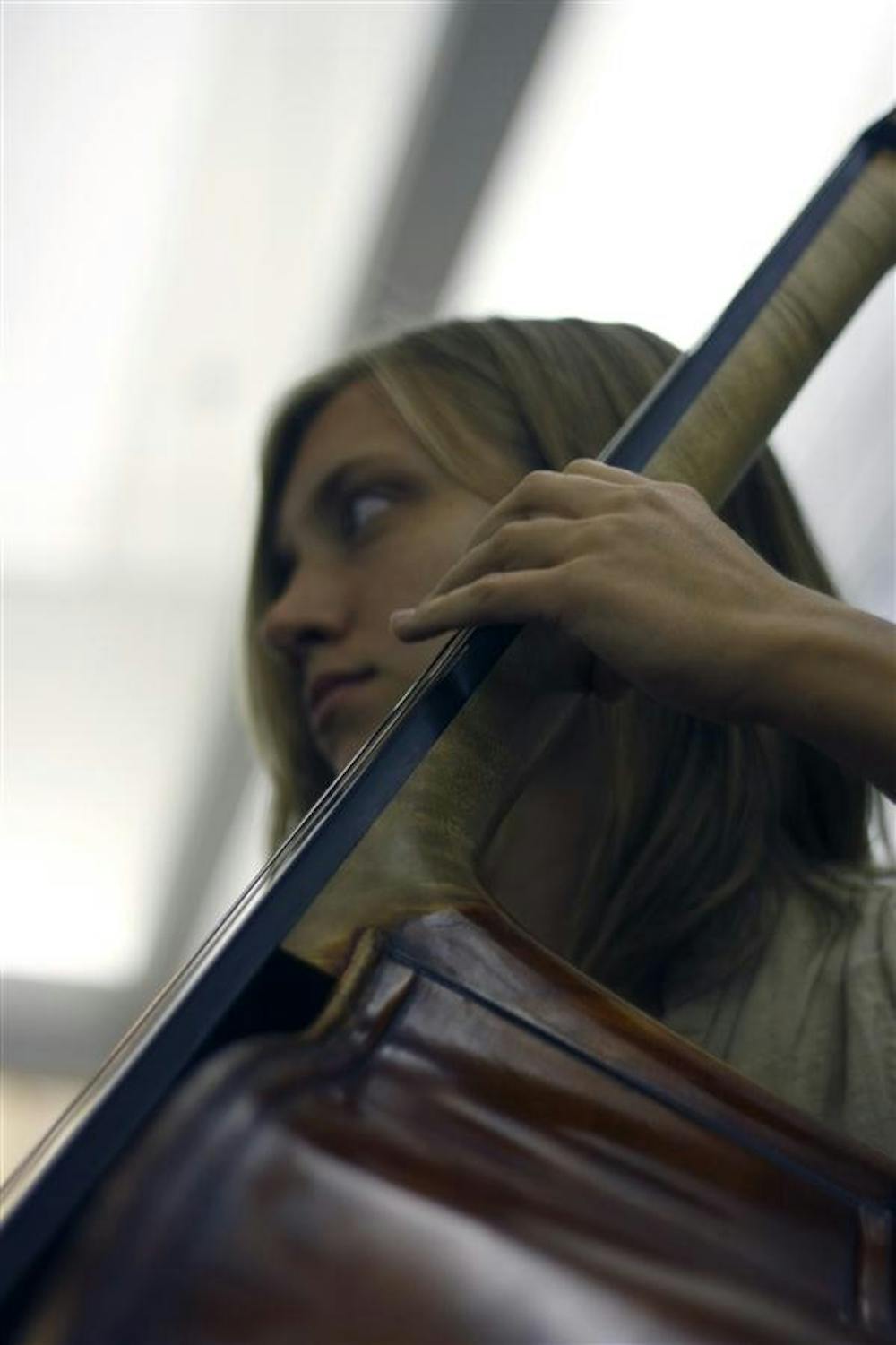Orchestras are businesses.
Highly-trained professional musicians and management mean there are salaries to pay, health care packages to provide and pensions to fund.
The Indianapolis Symphony Orchestra is one of the most recent examples of orchestras facing labor disputes about funding cuts.
Thomas Wieligman, executive administrator of instrumental ensembles at the Jacobs School of Music, said most orchestra contracts last three years.
He said the economy has struggled since the last contract renewal, and money for orchestras is running out.
“The economy has not been good for three years,” Wieligman said. “In that three-year period, most orchestra and opera company endowments have been used.”
ISO management reported the orchestra faces a $10 million annual deficit, according to the Indianapolis Business Journal.
Michael Wilkerson, a lecturer in arts administration at the School of Public and Environmental Affairs, said most businesses offset rising operation costs by finding ways to increase productivity.
For orchestras, this is not possible.
“The process of producing a symphony hasn’t changed since Beethoven was alive,” Wilkerson said. “You can’t play it faster. You can’t play it with fewer people, or it’s not an orchestra.”
Only 17 full-time orchestras exist in the United States. If the ISO cuts musicians’ contracts from 52 weeks to 38, as management has proposed, that number will drop to 16 orchestras.
The proposal by management also includes cutting salaries by 40 percent and reducing the size of the orchestra from 87 members to 69.
ISO is not alone in their struggle with finances and contract negotiations.
Management at the Minnesota Orchestra recently announced plans to cut musicians’ salaries by 28 percent.
Atlanta Symphony Orchestra members have agreed to $4 million of the proposed $5.2 million in salary cuts, forcing a lockout of musicians.
As of July, the Philadelphia Orchestra is no longer in bankruptcy, but a reorganization plan cut musicians’ salaries by 15 percent and reduced the number of musicians from 105 to 95.
Revenues from ticket sales cover only about half of orchestra operating costs, Wilkerson said. If ticket prices are raised much higher, sales will fall.
Because orchestras are nonprofit organizations according to tax law, the rest of the money is raised through grants, fundraisers or additional tours to places like schools and prisons.
Wilkerson said most American orchestras receive only 0.5 to 1 percent of their funding from the federal government.
In comparison, many European governments contribute 50 to 100 percent of costs, though that is changing as the Eurozone experiences financial strain.
“Communities need to recognize that part of what makes their community special is having a symphony orchestra,” Wilkerson said. “Indianapolis is no exception.”
In the meantime, students studying music at IU or arts administration in SPEA are faced with a dilemma.
Wieligman said he regularly interacts with more than 700 students in the music school, and some have visited his office asking for advice. He said they ask him if they’re doing the right thing by continuing to study music and auditioning for orchestras that may not exist in another five years.
He said he tells students they must answer those questions for themselves.
“They’re at one of the finest (music) schools in the world,” Wieligman said. “They’ve really got to balance that.”
Wilkerson said he has seen an influx of music students taking arts administration classes recently.
“We’ve already seen music students begin to try to figure out ways to manage a career in a much more entrepreneurial and fragmented way than it used to be,” Wilkerson said. “The old model was you would get your music degree and you would be really great at music, and then you would audition and get yourself a job with an orchestra.”
Now, like students in many other fields, music and arts administration students must market themselves as an independent business with a wider skill set.
Jacob Wunsch, a performance major at Jacobs, said he plans on pursuing a career as a cellist in an orchestra.
“It was a decision finalized in my last year of high school,” Wunsch said. “It was something I really loved.”
After he completes his undergraduate degree this year, he will pursue a master’s degree in performance.
Wunsch said he is not swayed by the funding cuts, and will continue to practice and work hard to prepare for auditions.
“It’s an ongoing process,” Wunsch said. “It’s like how an athlete would prepare for their sport. There is no off season.”
Weiligman said if a student is passionate about pursuing a career in music or with an orchestra, the current funding problems will not affect his or her decision.
“Are you going to tell your heart no?” Wieligman said. “So many people love what they do.”
Instead of just focusing on the negative, Wilkerson said the funding problem for symphony orchestras should promote a bigger discussion of new ways for arts to be funded and how to reach new audiences.
“It’s a serious problem, and it’s time for innovative solutions,” Wilkerson said. “It’s time for the community of Indianapolis and the communities across the country to step up and embrace their performing arts organizations.”
Orchestra searches for new funding

Get stories like this in your inbox
Subscribe





